You may remember the fractal cucumber meme from the comic video about “Russian Cyberfarm”. But did you know that a huge number of fractal structures, including plants, are actually found in nature?

An international team of researchers studied the fractal structure of Romanesco cauliflower and identified the genes underlying its formation. The scientists then changed the genes of the model plant, the Arabidopsis thaliana, in accordance with the identified fractal pattern of the cauliflower genes. As a result, the plant reproduced similar fractal patterns, including spiral conical fractals.
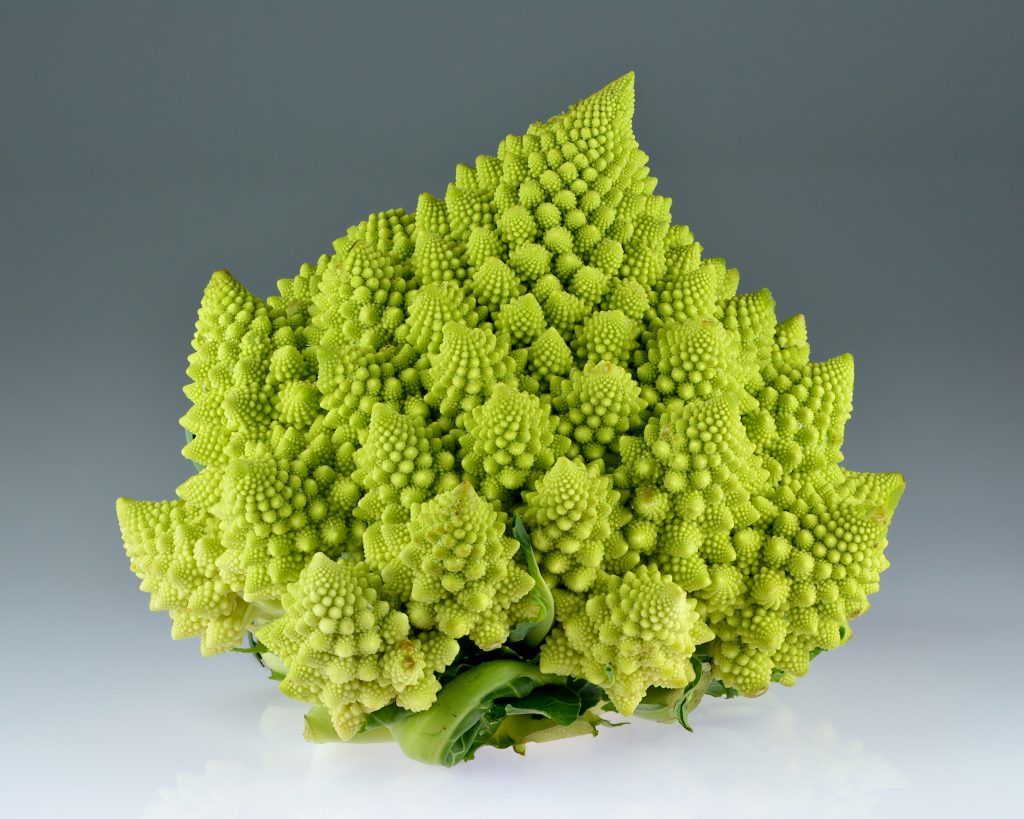


“Romanesco broccoli” or “Roman broccoli” belongs to the same varietal group as cauliflower. But, unlike its relative, each Romanesco bud consists of a number of smaller buds that form a logarithmic spiral and fractal pattern. The number of spirals in the Romanesco bud is described Fibonacci numbers. Division of any number from this sequence by the number preceding it forms golden ratio.
The nature of such a natural fractal has become an object of close study by botanists and mathematicians. Back in 1898, German scientist Wilhelm Hofmeister discovered that the Fibonacci spiral is the most efficient way to pack leaves. As the plant grows, each subsequent bud or leaf will move outward radially at a rate proportional to the growth rate of the stem. The second leaf will grow as far from the first as possible, and the third will grow at the same distance from the first and second. The resulting lattice structure of the plant is called phyllotaxis.
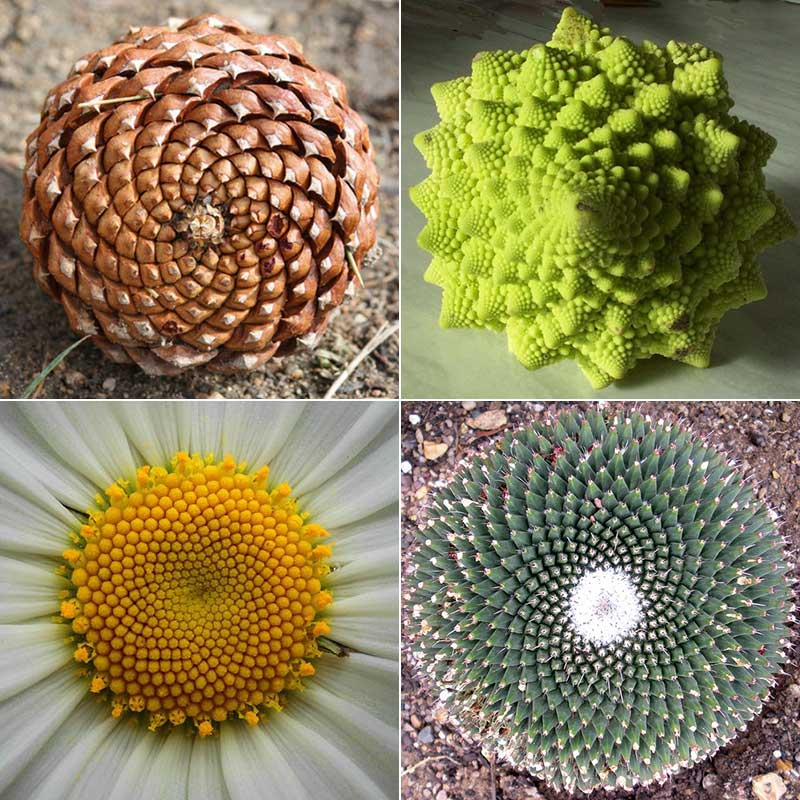
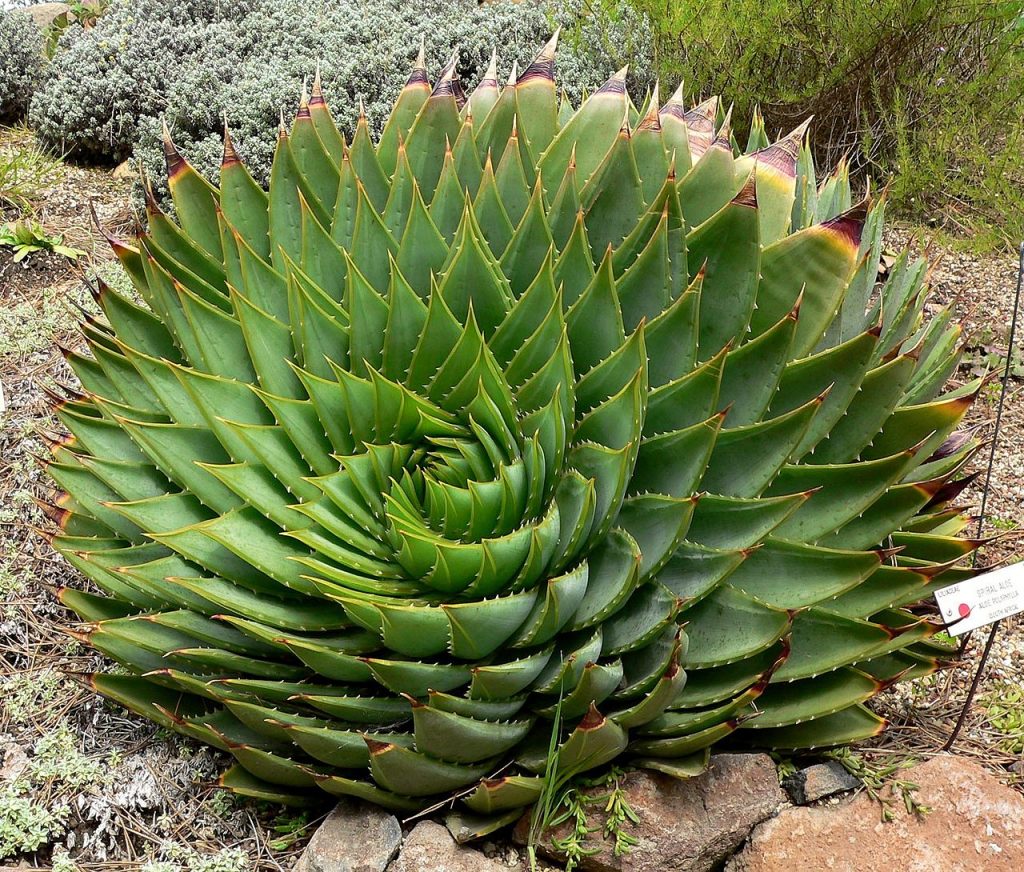
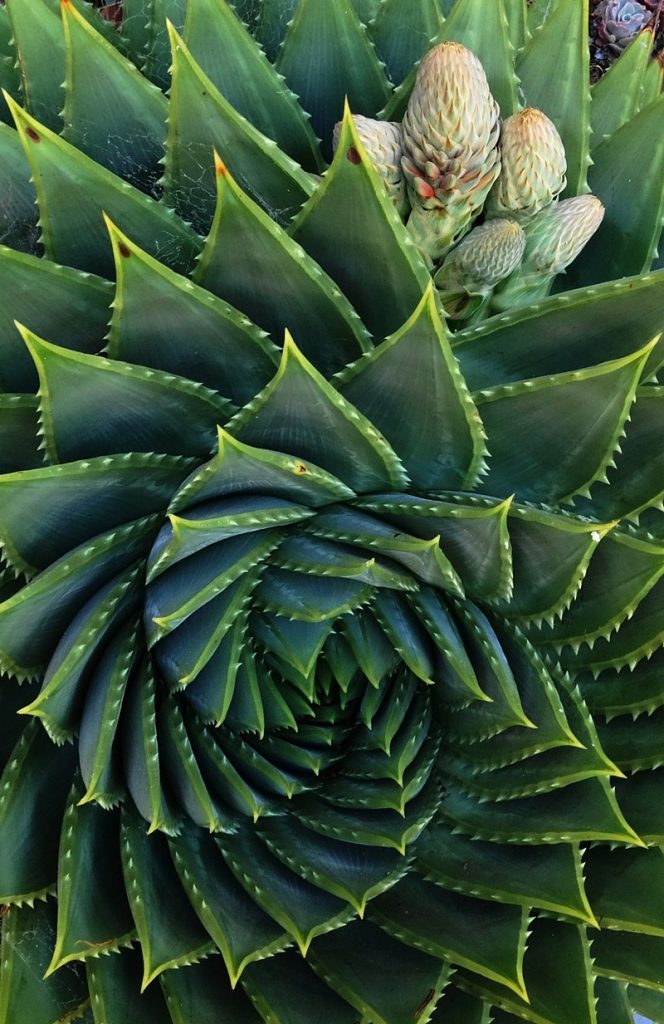
An international group of scientists has studied the genetic structure of Romanesco and established the mechanism for the appearance of fractals.
The forming plant tissue of plants (meristem) consists of undifferentiated cells, from which the parts of the plant, located in a spiral, develop. It turned out that in the case of Romanesco, the meristem forms buds, which should bloom into flowers, but instead stems appear. These stems grow without leaves. Instead, they grow buds, from which new stems emerge. The result is a pattern of repeating stems on the stems. The conical shape “Romanesco” acquires due to the fact that the original stems grow faster than its buds and subsequent stems. The authors of the study suggested that this mechanism emerged as a result of the domestication of the variety.
The next step of the researchers was the search for genes responsible for these processes. In particular, scientists have focused on the study of the meristem. The research results have shown that it is the meristem that is responsible for the formation of conical fractals in Romanesco. The meristem ultimately does not form flowers, but temporarily develops tissues as if they are to be buds. At a certain moment, the program changes, and stems develop from the buds. A mutation in four genes (designated by the initials S, A, L and T), present in Romanesco, at a certain moment stimulates the growth of the meristem and the central stem, respectively, due to which conical structures are formed.
This hypothesis was confirmed during tests on a model plant of Arabidopsis thaliana. The researchers altered the plant’s key genes to match the sequence found in Romanesco. As a result, the Arabidopsis thaliana began to take conical shapes, similar to the fractals of Roman broccoli. The authors noted that this did not require significant changes in plant genetics.
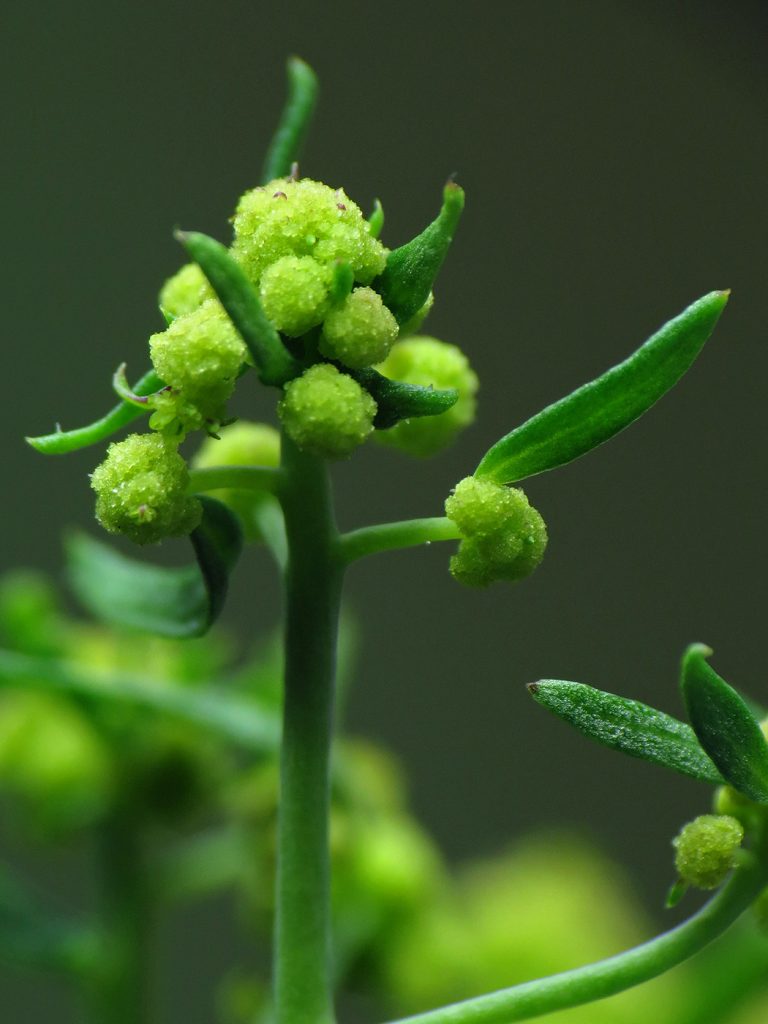
The researchers speculate that there may be other mutations responsible for the fractality of flowering plants. They plan to find out in future research.
Sources
- The research materials were published in the article “Cauliflower fractal forms arise from perturbations of floral gene networks” In Science (DOI: 10.1126/science.abg5999).
- Author of the article: Ekaterina Khananova, habr editor. The article has been updated by the editor of Klumba.org